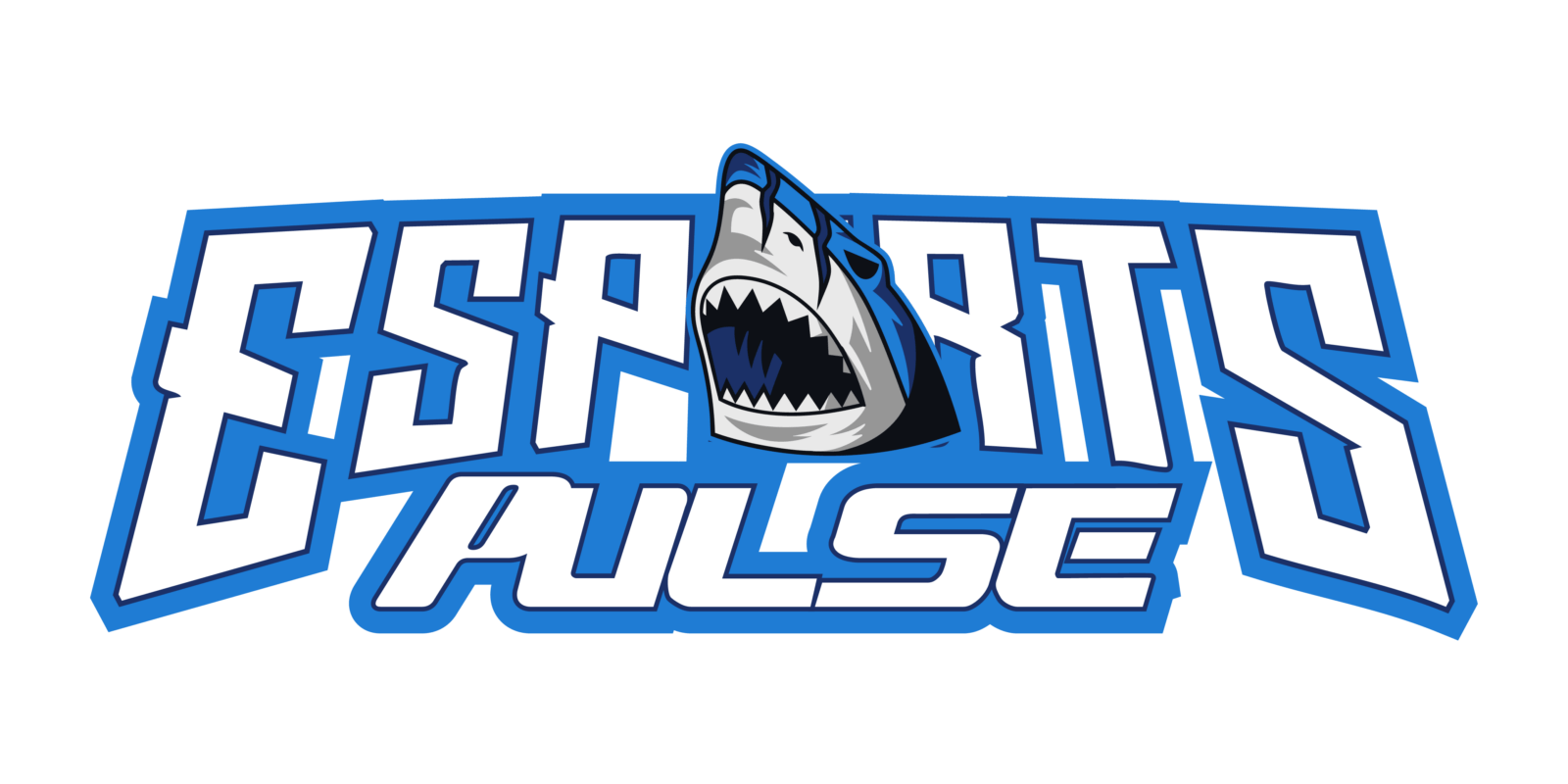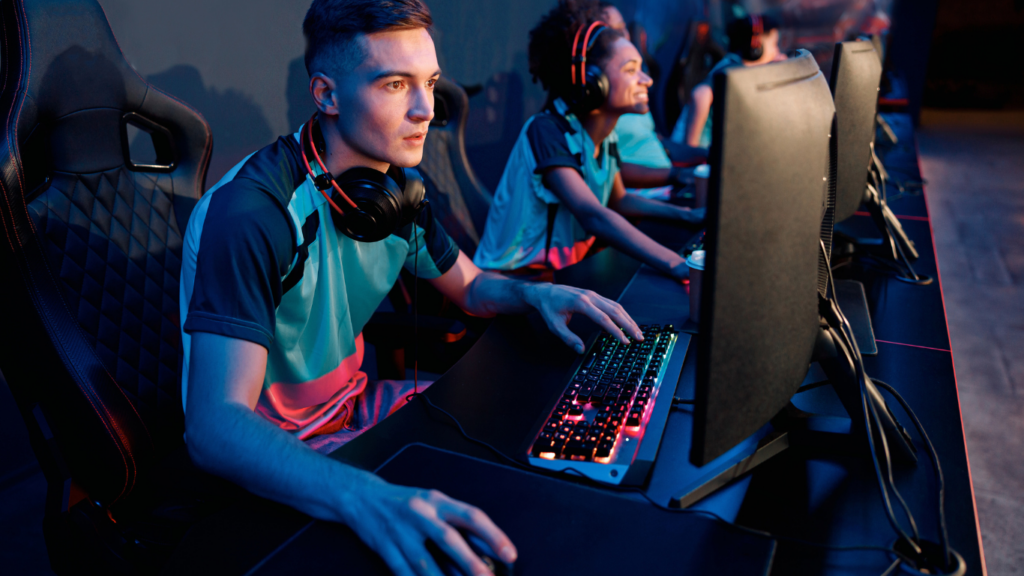Esports has taken the world by storm, blending competitive gaming with a thriving global community. As its popularity grows, so does the excitement around esports betting. But if you’re new to this world, understanding betting odds can feel like deciphering a foreign language. Trust me, you’re not alone.
What Are Esports Betting Odds?
Esports betting odds represent the probability of specific outcomes in esports matches and determine potential returns on wagers. Knowing how these odds function is essential for making informed decisions.
Definition And Importance
Betting odds quantify the likelihood of an outcome, such as a team winning, in numerical terms. Bookmakers calculate these odds using statistical analysis and expert evaluations to balance risk and return. For bettors, understanding odds is crucial to estimate the value of a bet and evaluate potential profit. In esports betting, odds can vary across platforms due to differences in data interpretation or market demand.
How Odds Work In Esports Betting
Esports betting odds operate in three primary formats:
- decimal
- fractional
- moneyline
Decimal odds express potential returns per unit wagered, such as 2.5 implying $2.50 for every $1 bet.
Fractional odds, common in the UK, show profit relative to the stake (e.g., 5/2 means $5 profit for every $2 wagered).
Moneyline odds use positive or negative numbers to indicate underdogs or favorites, with +200 meaning a $200 win on a $100 bet and -150 requiring a $150 bet to win $100.
Recognizing these formats enables proper bet calculation, avoiding confusion when dealing with different platforms or regions.
Types Of Esports Betting Odds
Understanding different types of esports betting odds allows bettors to explore various platforms and formats confidently. These formats—decimal, fractional, and moneyline odds—serve as the foundation for calculating potential returns.
1. Decimal Odds
Decimal odds provide a straightforward way to calculate potential returns. Represented as a single number (e.g., 2.50), these odds include both profit and the original stake. For a $10 bet with 2.50 odds, the total payout equals $25, combining $15 profit with the $10 stake. Popular in Europe, Canada, and Australia, this format is widely used due to its simplicity.
2. Fractional Odds
Fractional odds express potential profit relative to the stake. They appear as fractions, such as 5/1 or 3/2. For example, a 5/1 bet means earning $5 for every $1 wagered, while 3/2 indicates a $3 profit for every $2 bet. Common in the UK and Ireland, these odds are favored in traditional bookmaking and require basic familiarity with fractions.
3. Moneyline Odds
Moneyline odds, often used in the US, show a wager’s profit or required stake. They appear with positive or negative numbers, like +200 or -150. Positive numbers reflect potential profit on a $100 stake (e.g., +200 means a $200 profit), while negative numbers show the stake required to win $100 (e.g., -150 requires $150 to earn $100). This format emphasizes underdogs and favorites by adjusting payouts based on perceived probabilities.
How To Read And Calculate Esports Betting Odds

Reading and calculating esports betting odds involves understanding probability, potential returns, and formats. Mastering these components helps bettors make informed decisions.
Understanding Probability Implications
Esports betting odds indicate the likelihood of an event occurring. Decimal odds, for instance, can be converted to implied probability using the formula: Implied Probability (%) = (1 / Decimal Odds) × 100. For example, odds of 2.50 represent a 40% probability. Fractional odds, such as 3/1, mean a 25% probability, calculated as (Denominator / (Numerator + Denominator)) × 100. Moneyline odds use the formula: Implied Probability (%) = 100 / (Positive Moneyline Odds + 100) or `Implied Probability (%) =
|Moneyline Odds| / (|Moneyline Odds| – 100)` for negative values. Knowing probability clarifies the risk associated with a bet.
Converting Between Different Odds Formats
Odds conversion simplifies comparisons across platforms and regions. Decimal odds derive from fractional odds by dividing the numerator by the denominator, then adding 1. For instance, 5/2 becomes 3.5 in decimal form. Moneyline odds convert to decimal by calculating (Positive Odds / 100) + 1 for positive numbers or `(100 /
|Negative Odds| – ) + 1` for negative numbers. To reformat decimal odds as fractional, subtract 1 and simplify into a fraction. For moneyline, subtract 1, multiply by 100 for positive, or divide 100 by (Decimal Odds – 1) and make the result negative for negative conversions. Accurate conversions ensure consistency when analyzing potential returns.
Factors Influencing Esports Betting Odds
Esports betting odds reflect the probability of outcomes and potential returns. Several variables impact these odds, shaping betting strategies and decisions.
Team Performance And Rankings
Team performance directly affects betting odds. Bookmakers analyze recent match results, win rates, and head-to-head records. High-ranking teams, such as those winning major tournaments, often receive lower odds due to perceived higher winning probabilities. Conversely, underperforming teams or lower-ranked opponents usually carry higher odds, offering greater returns.
Example: A top-tier team with a 75% win rate will likely have odds set as favorites, while a struggling team may feature as underdogs with higher payout potential.
Player Injuries And Roster Changes
Unexpected roster changes shift betting odds significantly. Injuries, illnesses, or last-minute substitutions can weaken a team, decreasing its winning prospects. Conversely, adding a star player or reintroducing a skilled substitute may improve performance predictions, adjusting the odds accordingly.
Example: If a star player is benched due to injury, bookmakers may increase the odds for the opponent, reflecting the altered team dynamics.
External Influences Such As Meta Shifts
Meta shifts in games influence gameplay strategies and impact odds. These changes arise from game updates, such as buffs or nerfs to characters, weapons, or mechanics, and can disadvantage teams reliant on outdated strategies. Teams adapting quickly to the meta typically maintain better odds.
Example: A team excelling with nerfed characters might see reduced odds as chances of victory decrease, while adaptable teams gain favor among bookmakers.





